please remember you can click on a photo to see a larger version & highlighted text are links to additional information
Social Animals
The Lady and I love to travel back in
time. With a liberating sense of freedom we allow our minds to erase everything
a few hundred years old from the landscape around us, even this ribbon of
asphalt - highway 95 - we are driving down. To our left is the remnant of a
once enormous glacial lake. Walker Lake
is now dead, it's inflow erased by water diversions for upstream agriculture. The
lake waters are now too toxic for its once flourishing huge native trout. They
are long gone. Now, not a single fish survives in Walker Lake. So much better
to let our time traveling minds take us back to ancient times. We'd be far
underwater. We turn upslope and search for the ancient shore line above us. A
place where ancient people would have lived. We find what we're looking for, an
ancient decorated work station.
It's top was a large grinding area.
It's sides are lavishly adorned with
petroglyphs.
Long after it was abandoned as a work
site, the rock cracked apart, breaking down, crumbling, on its way to becoming
soil to support new life and begin the next chapter.
What were we doing away from home
during this awful coronavirus pandemic? The quick, flippant answer is - we were
driven away from home.
It is ingrained habit with us. Our
mountaineering thought process rises to the fore. Moving in rugged terrain we
constantly access dangers and evaluate consequences if things go wrong, and
take appropriate precautions to keep safe. Example: if one of us slips
while fording a river what could happen? If the answer is probably being swept
over the waterfall just downstream, we take precautions, maybe set up a rope or
better yet, find a safer place to cross.
We knew we were - our community, our
country, our world - all headed for trouble by what we observed on Mother's
Day. We take daily long walks from our mountain home as we did Sunday afternoon
on Mother's Day. At five different homes we saw several new vehicles parked,
some with out of state plates. It was a beautiful day, great weather. Large
groups were gathered celebrating Mother's Day. At two homes, as we walked by,
we watched the arrival of guests. Dogs, children, and adults bounded from
opening car doors and were greeted with hugs and kisses. Dogs happily jumped
into waiting laps. No social distancing. No face coverings. No precautions of
any kind to protect themselves or others from possible spread of the Covid-19
virus.
On this Mother's Day we automatically
thought of consequences. What could happen? Infect grandma and kill her. That
possible outcome would spur us into taking precautions. Not our neighbors.
These are the actions and habits of our
neighbors, the people going into our local stores, filling up with fuel at our
gas station, sharing our space. Scary. We doubled down and remained rigid with
our precautions.
Oh, but it was worse, much worse. We
live on the edge of one of northern California's busiest - recreation wise -
National Forests. Our community is the last stopping off point. Huge groups
were moving through. I guess with malls, sports arenas, bars, casinos closed, hair
salons closed, they were only left with swarming into the mountains. Swarm they
did. Stay at home was a joke and meant absolutely nothing to them. And when
restrictions began to be lifted? It got even worse.
We felt like alcoholics who needed to
check into the Henry Ford Clinic for rehab. That's where you go when you're
driven to drink.
We were driven away.
We decided to take off, evaluate
conditions out on the road, and, as is our style, leave people behind. Our main
policy in regards to interacting with others while traveling was to carefully observe
safety protocols, wear masks, keep our distance, and by our actions negate any
fears others may have about us carelessly spreading the virus and killing
grandmas.
Our destination was rural western
Nevada - close to us and would require only one gas fill up in Hawthorne. By late
morning we were exploring the large mill ruins at Belleville.
We were fascinated with the remains of an enclosed drainage
system constructed of rock. It runs for quite a distance.
From Belleville we drove east to
Candelaria.
We watched as the Carson & Colorado rail spur into Candelaria converged with our road at the ridge saddle just to the west of the old
townsite. Little remains of the rail station here.
More on the historic railway can be
found here - Carson & Colorado.
Candelaria was a substantial town with
solid impressive buildings. They are slowly crumbling back into the earth.
My friend David, known as the Sagebrush Reconnoiterer, a historian,
remarked on how much the Wells Fargo building has fallen in over the last
years. Here's a link to find example photos - Candelaria.
Sagebrush Reconnoiterer also told me how many of the
ghost town's buildings were destroyed by the more recent open pit mine.
The Lady was particularly pleased
with the message displayed at the cemetery by the citizens of Mineral
County. I was too.
We were alone as we continued our
wanderings and explorations of Candelaria.
From Candelaria we drove only a few
miles west to the site of Marietta on the north edge of Teels Marsh.Teels Marsh was mined for salt used
for processing ore at both Virginia City and Aurora.
Little remains of Marietta.
The broad expanse of Teels Marsh was
outstanding.
A view east of the road into the
basin.
Very familiar terrain lay to the
south.
Since 1991 the area has been a
designated wild burro refuge by the Bureau of Land Management. The place is
covered with the feral asses. But, even I have to admit the little asses are pretty
cute.
I know many are endeared with the
idea of feral horses and asses roaming our public lands, symbols of the old
west. What I don't understand is allowing the unsustainable skyrocketing
numbers of these animals and their displacement of native species such as
pronghorn and bighorn. We both would have been much more thrilled to see bands
of pronghorn. We saw no pronghorn or bighorn. But, by god, we saw well over a
hundred feral asses.
Evening was coming, although it
didn't feel like it because the temperature was 94° at six pm. We found a highpoint to set up camp
at an old headframe over a mine shaft.
We wandered as night came and awaited
the promised drop in temperature.
We wandered down onto the marsh. Numerous
bands of asses moved around and away from us. Their trails were deep ruts in
the earth. We remarked how social they were with near constant kicking and
biting and harassing each other, social standing in a constant state of flux.
And they were loud. The braying from all directions around us was uninterrupted.
Clouds and trails of dust marked the location of bands far off in the distance.
"I feel like I'm back in a middle school classroom," the Lady said.
We returned to camp and sat out as
night descended. The sky was immense. The landscape was vast. The asses
continued to bray.
"Do you think the feral asses
will bray all night?" the Lady asked.
"They just might," I
answered. "And you know, this will probably the closest we ever come to
attending a Trump rally."
It cooled enough to be a delightful
night, and we slept well with all the windows open and only a light sheet over us.
The invasives greeted us as we walked
at dawn the next morning with our coffee.
This is a different little ass then
the one previously pictured. We saw several little ones, more than enough to
make me want to hand out condoms. Someone else can take on handling the
instructions.
We needed, wanted cooler temperatures
so we decided to head for higher country. On our drive out from Teels Marsh I had to stop for one more cute
little ass.

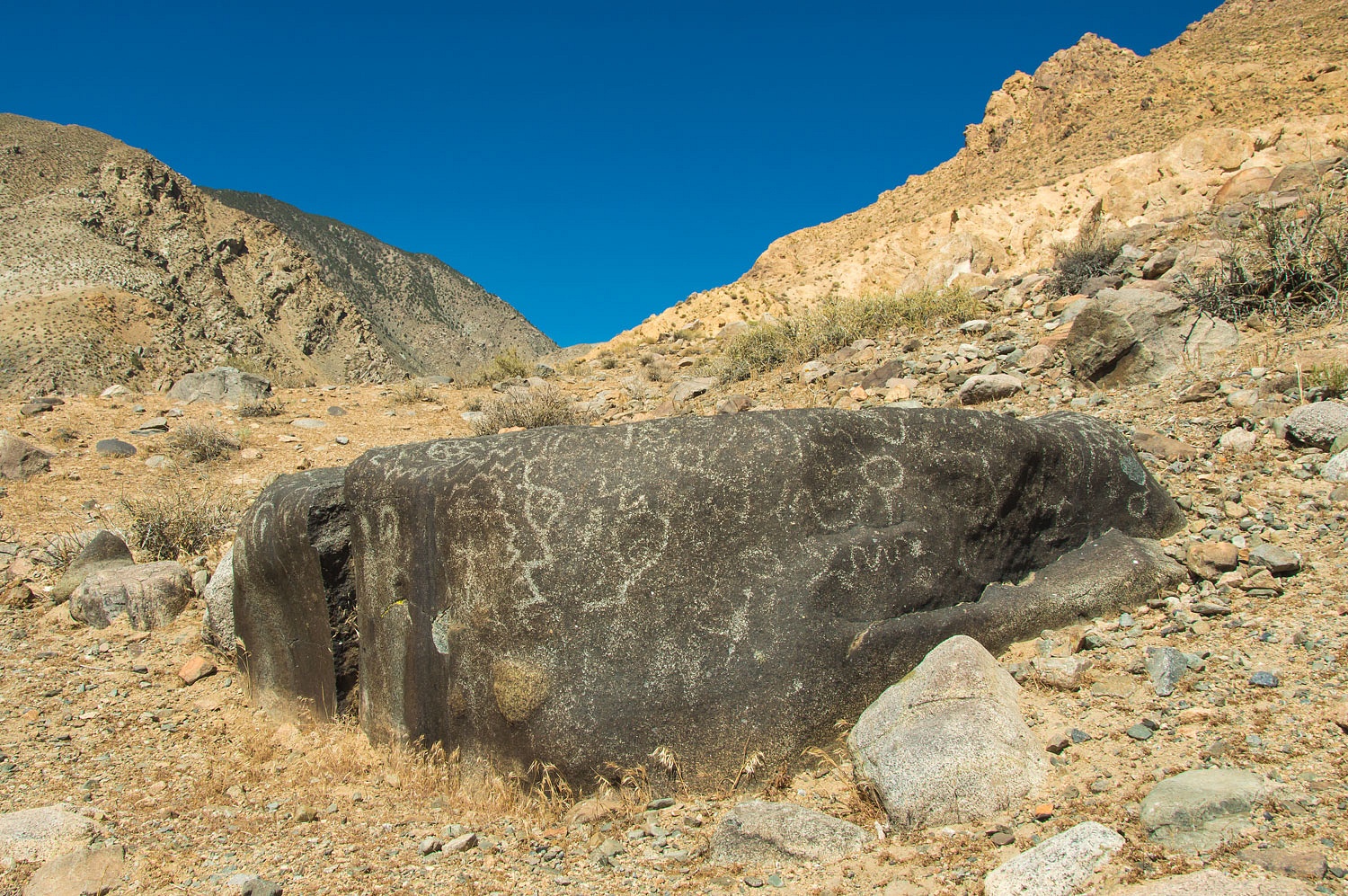

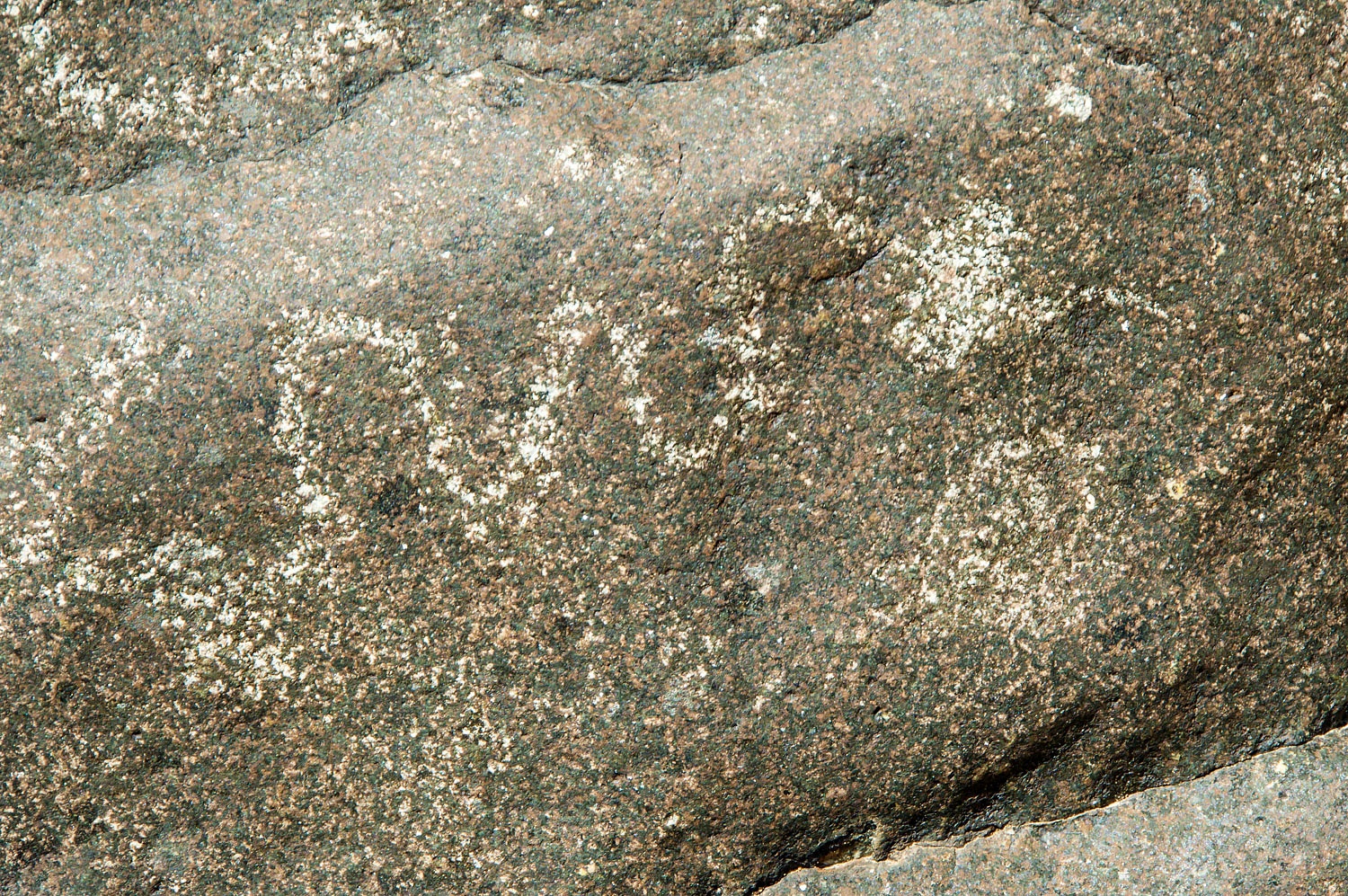

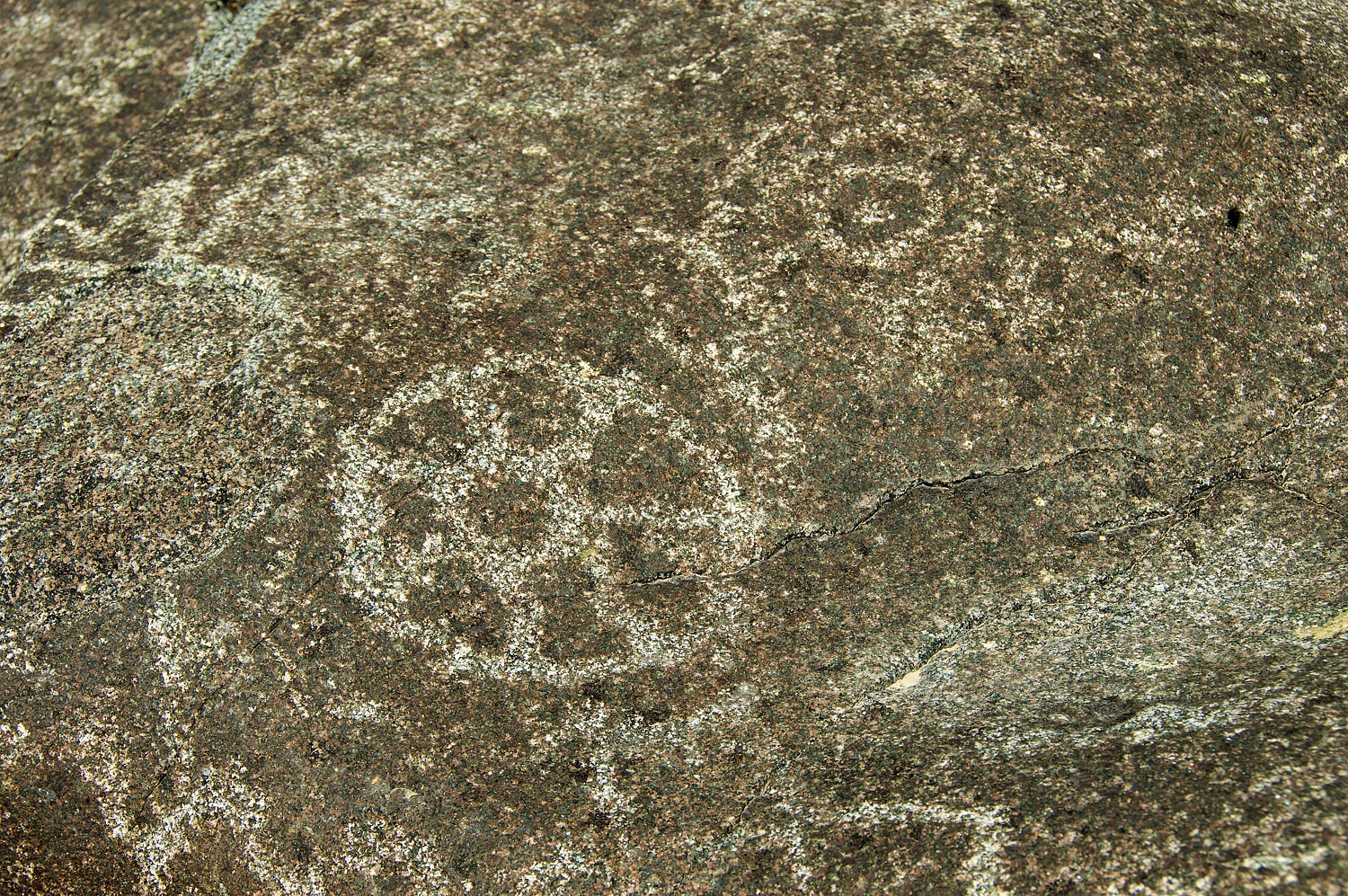

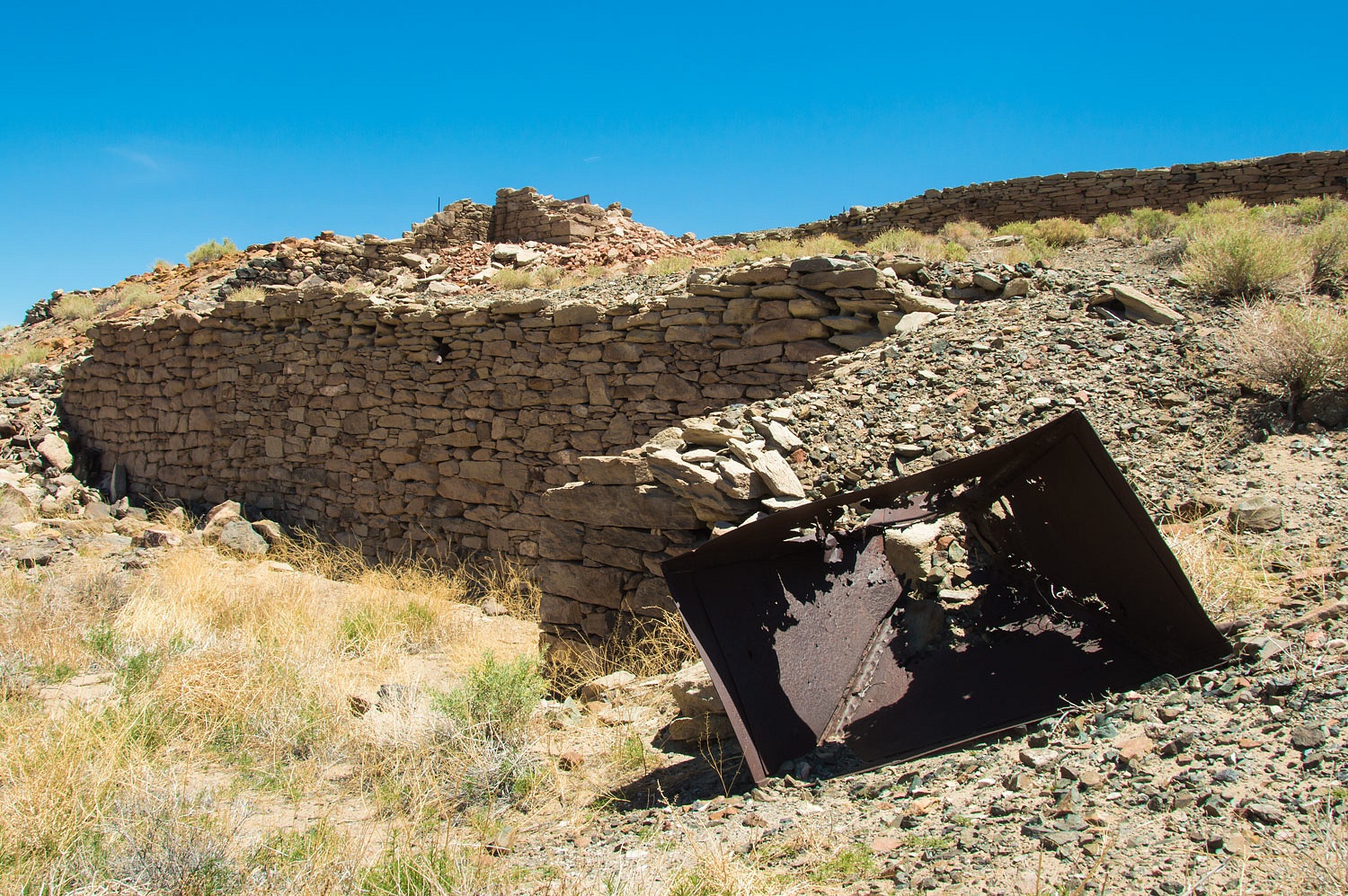
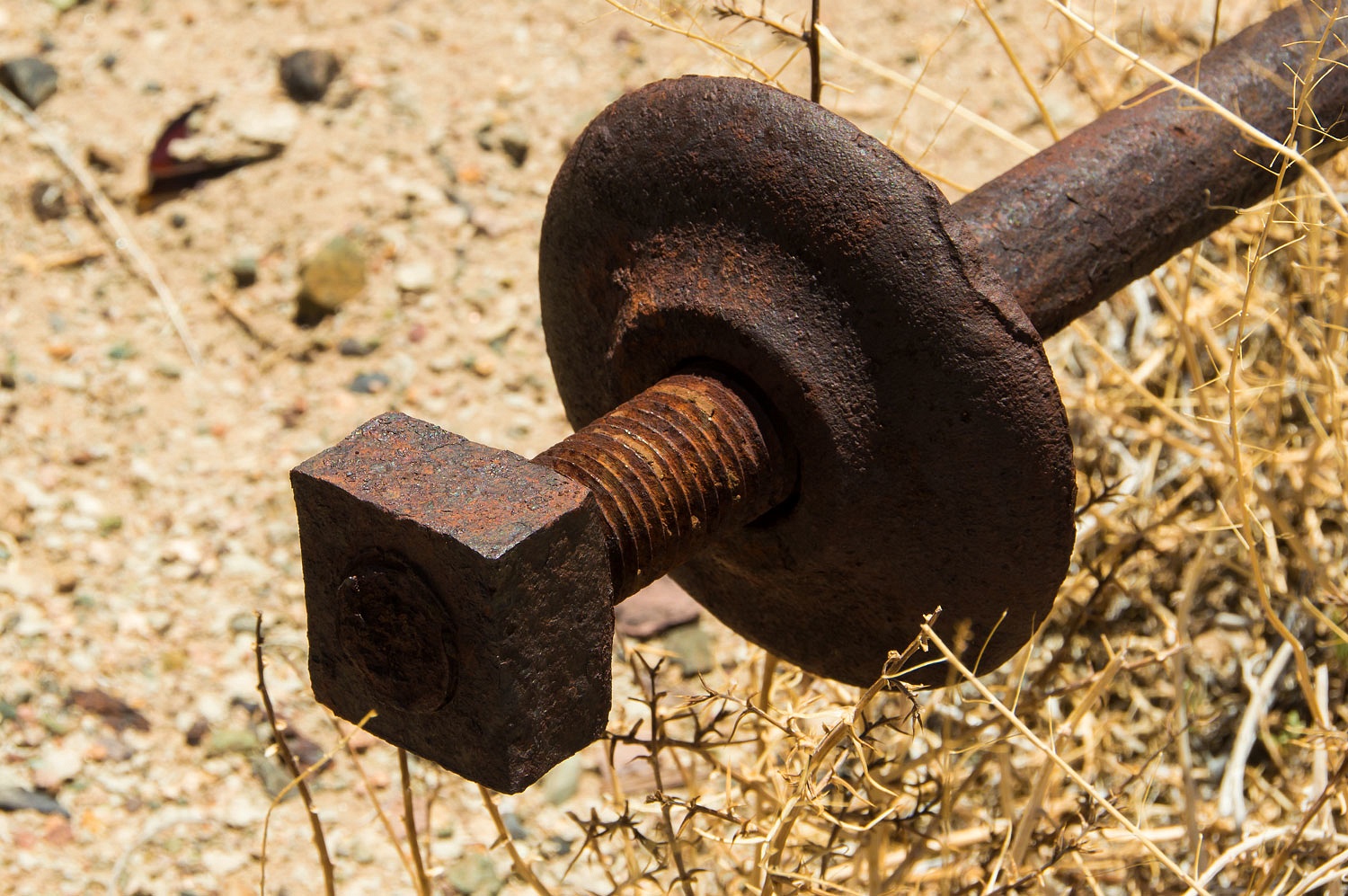
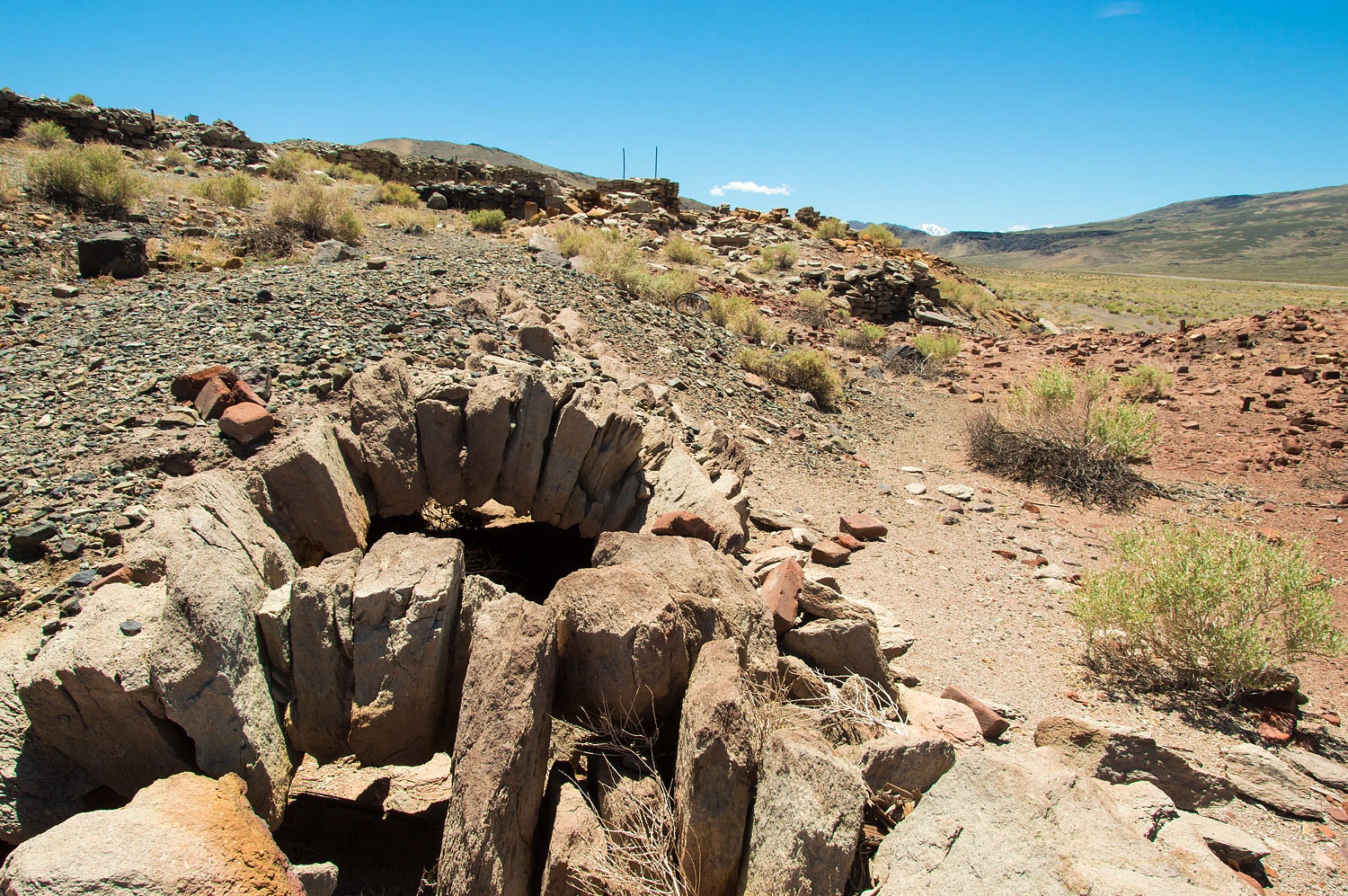
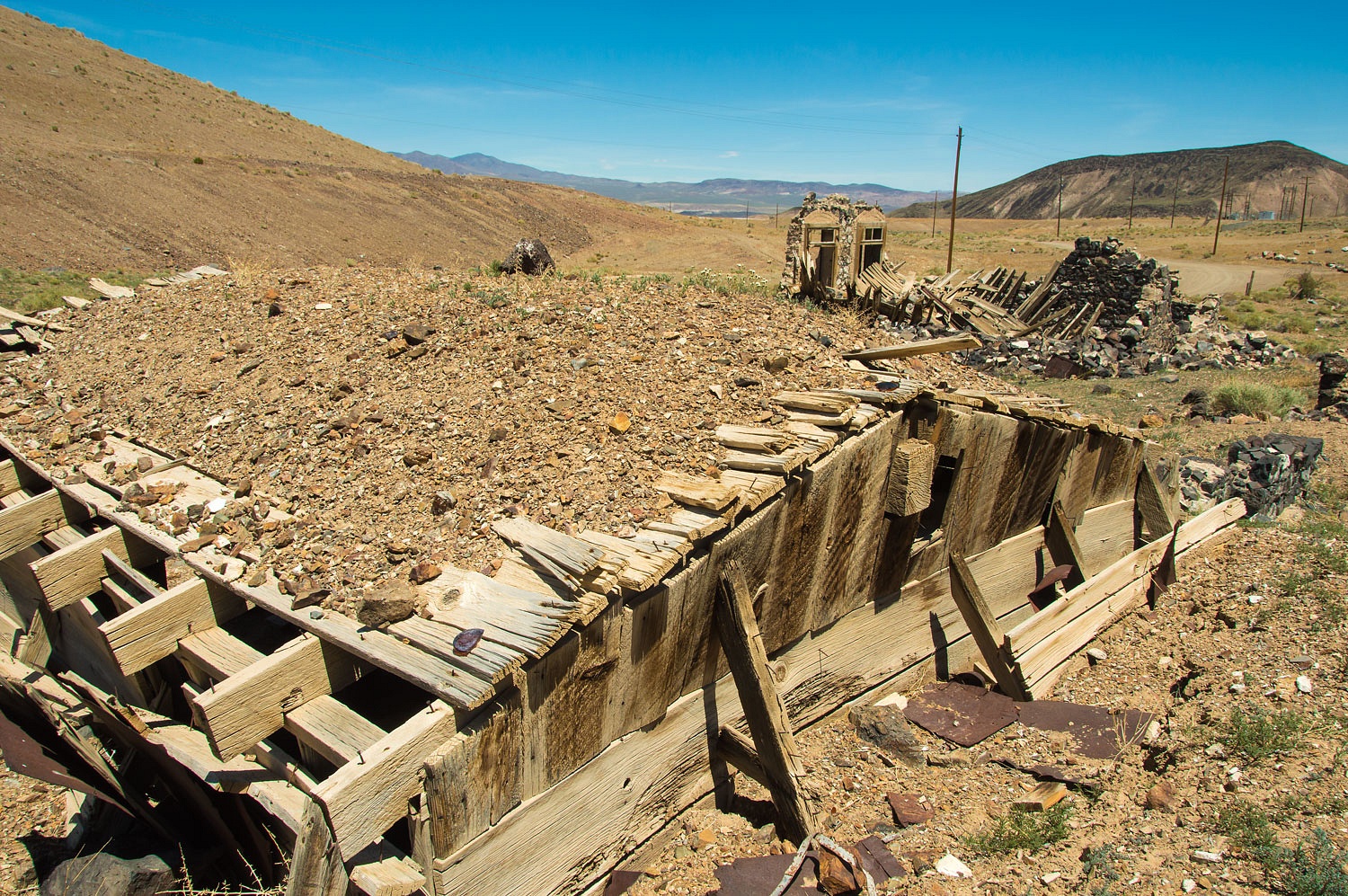

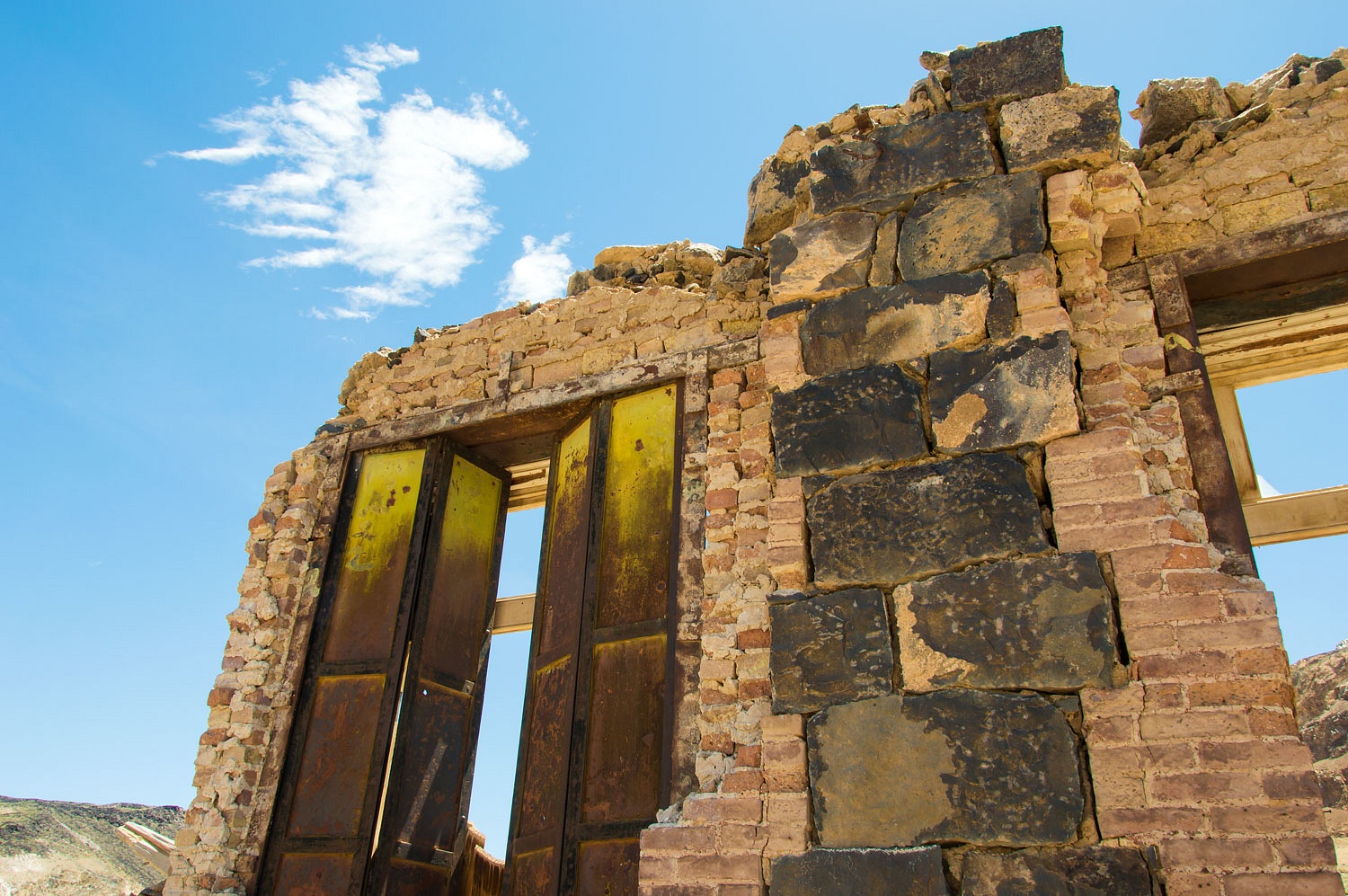
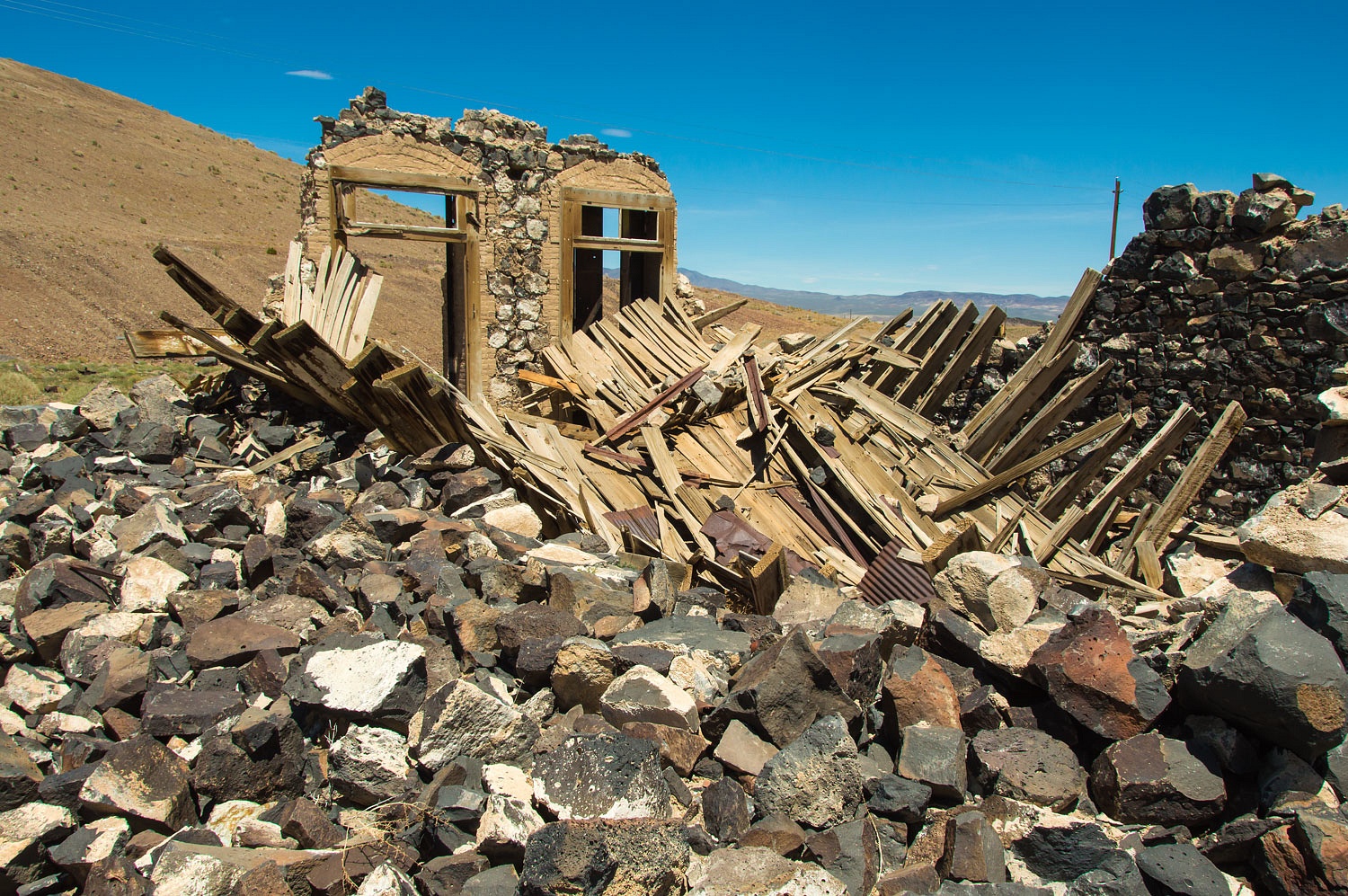
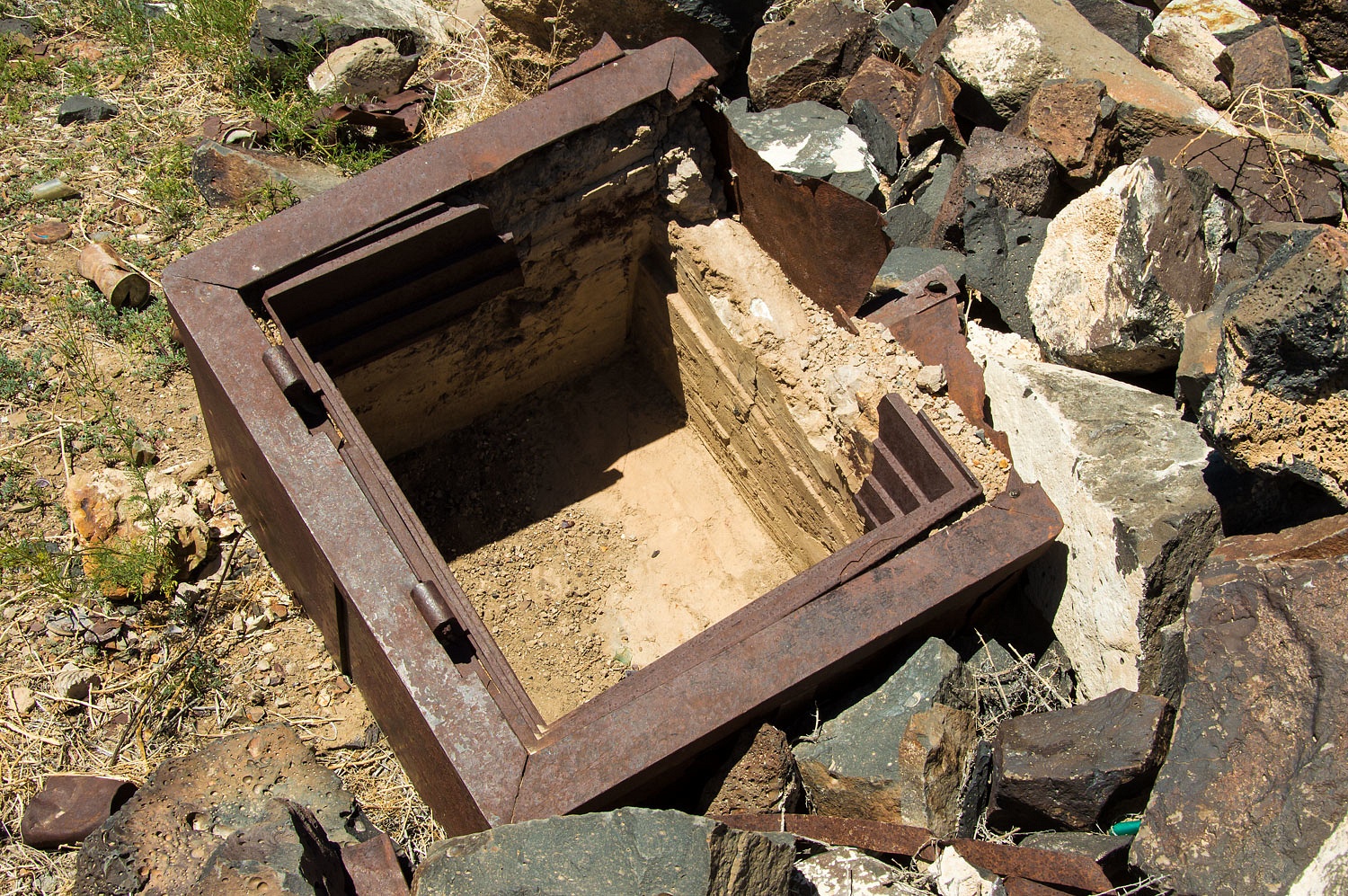
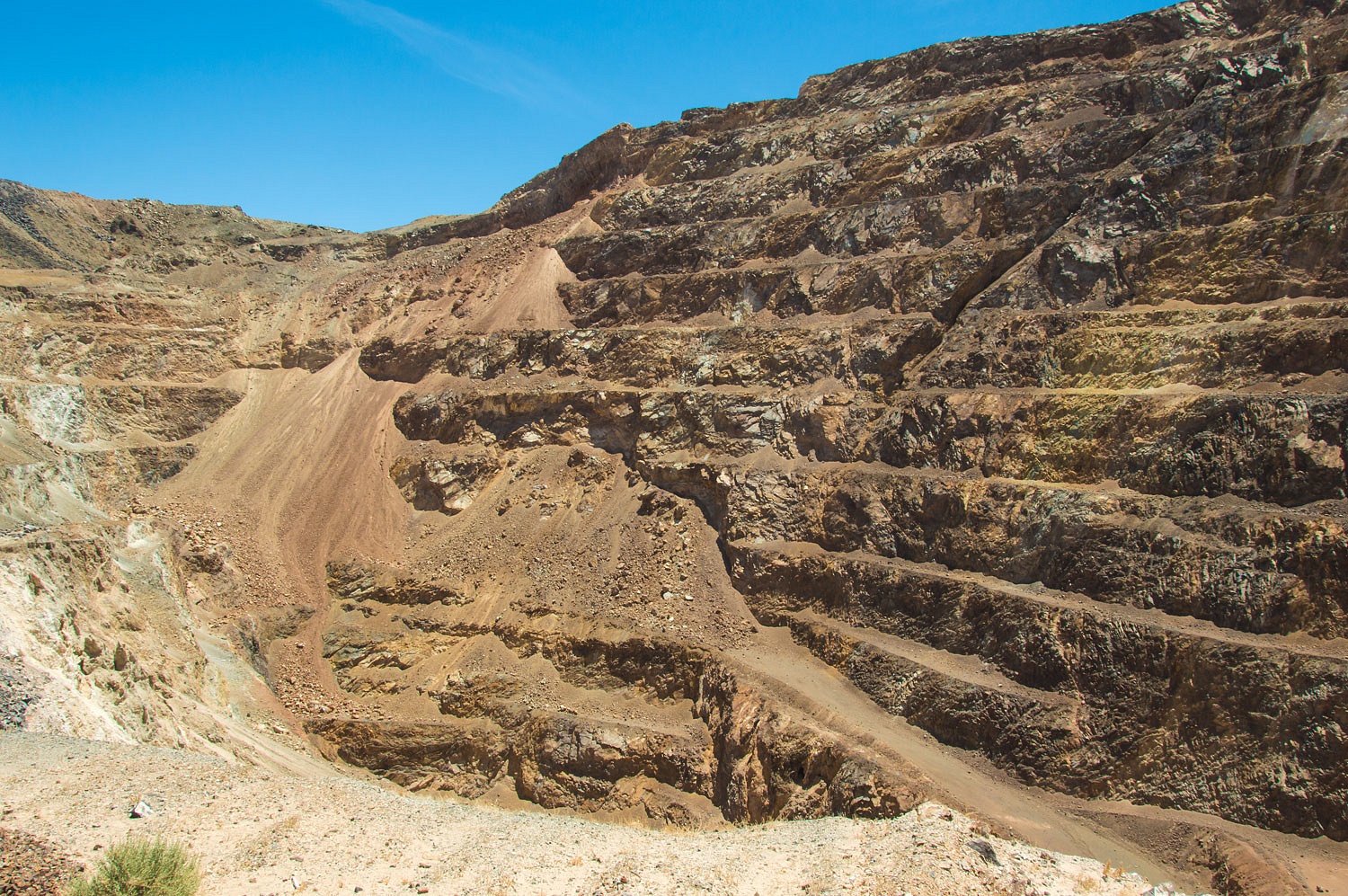



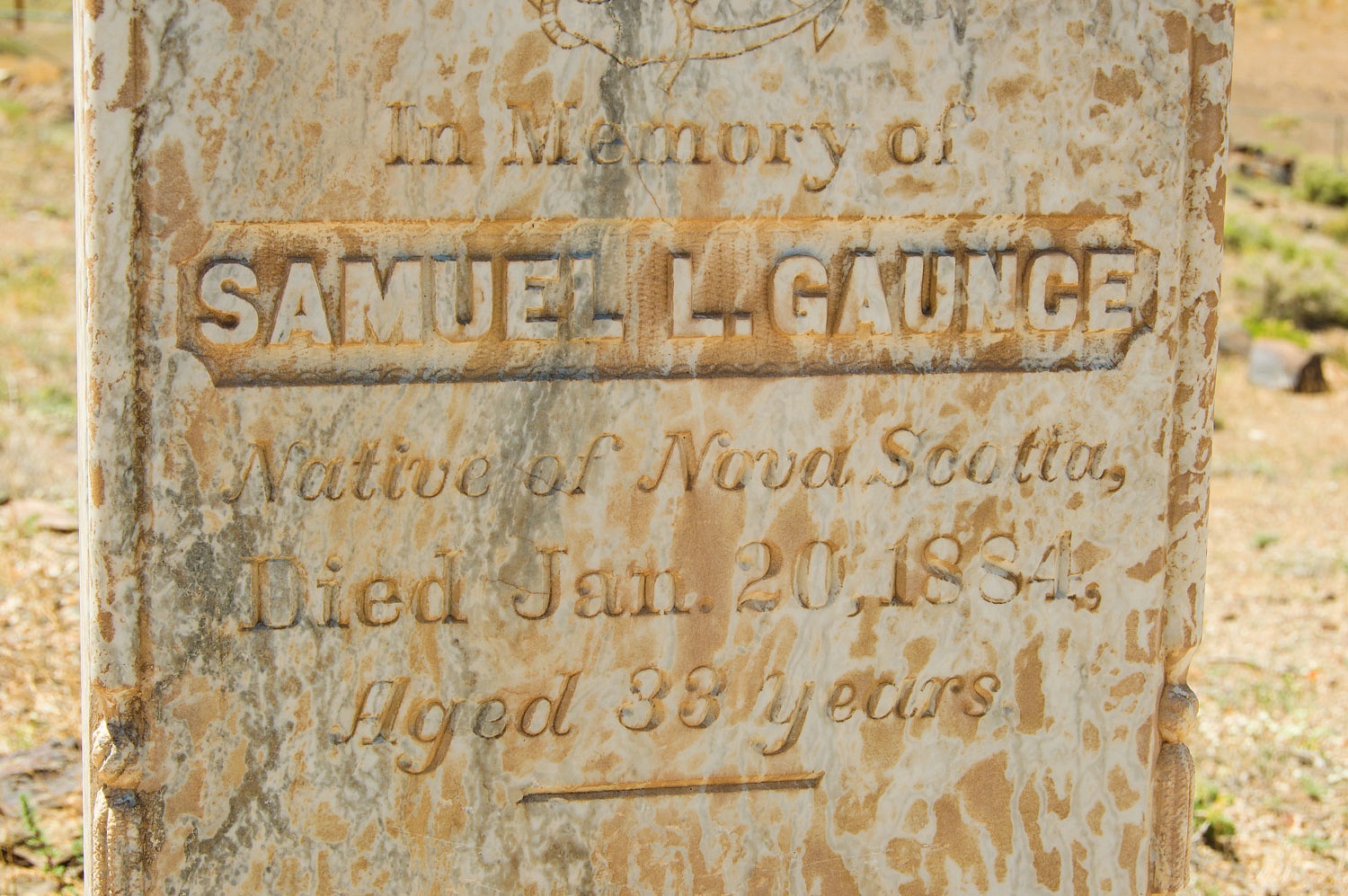
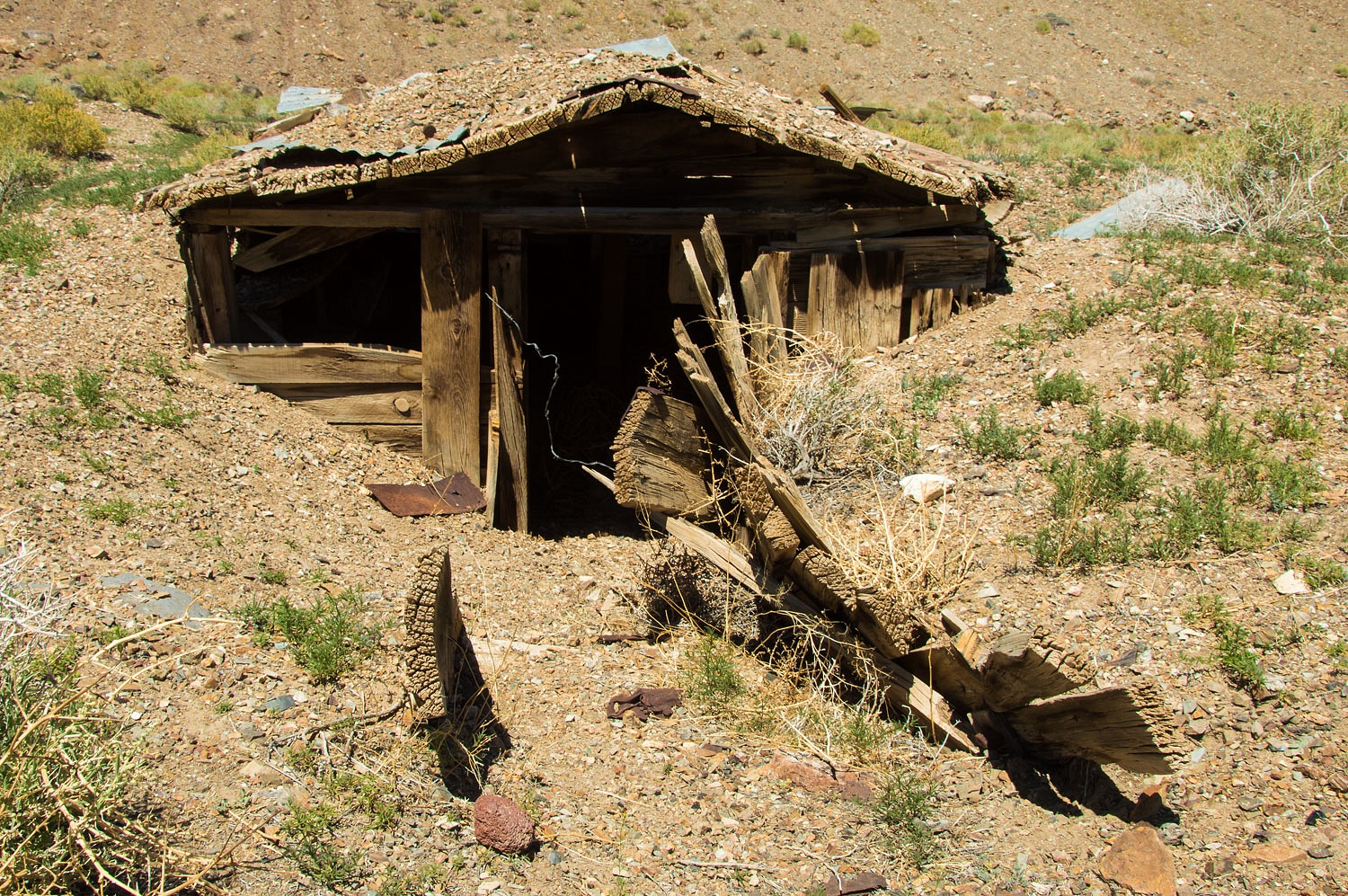
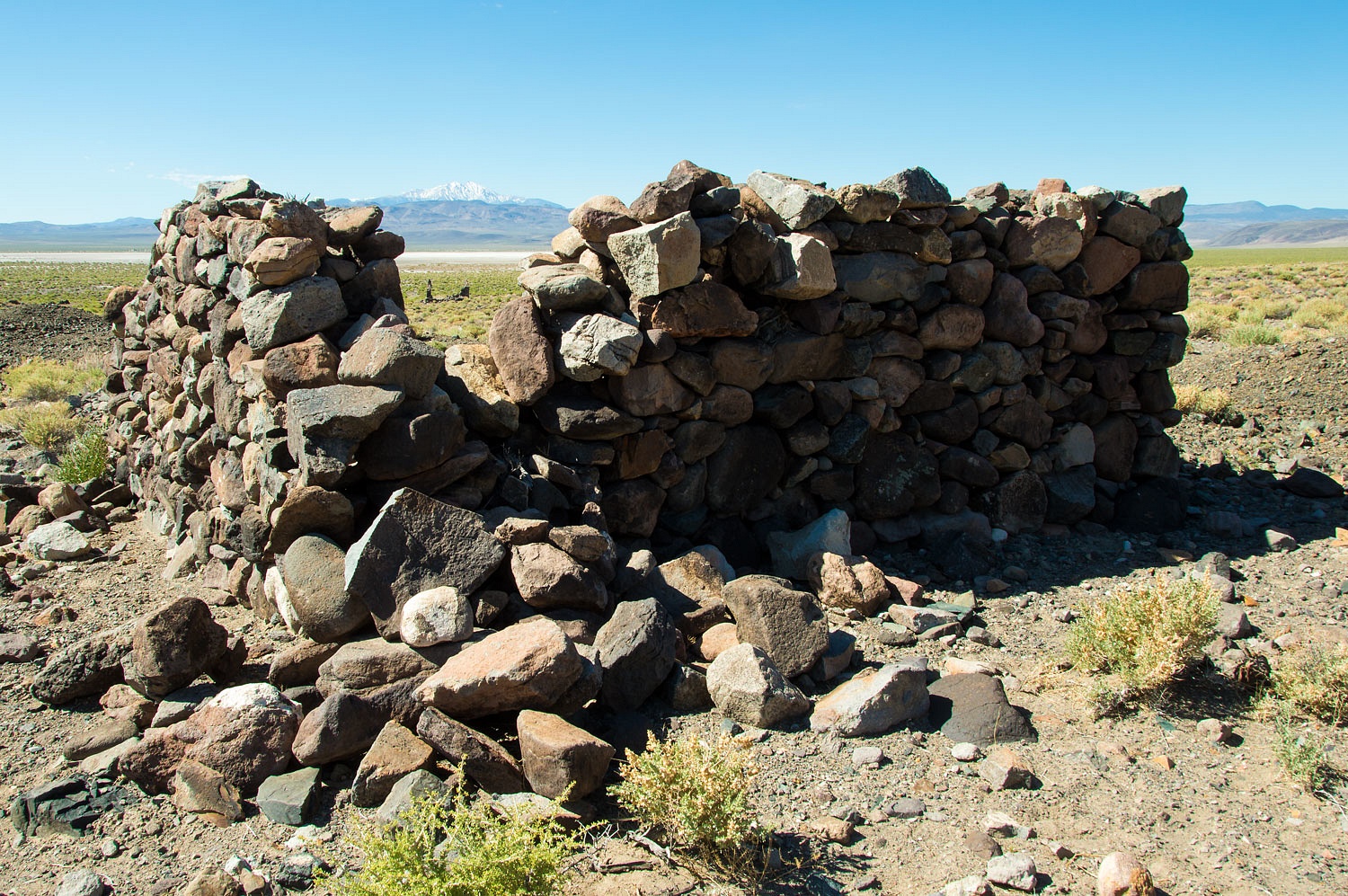
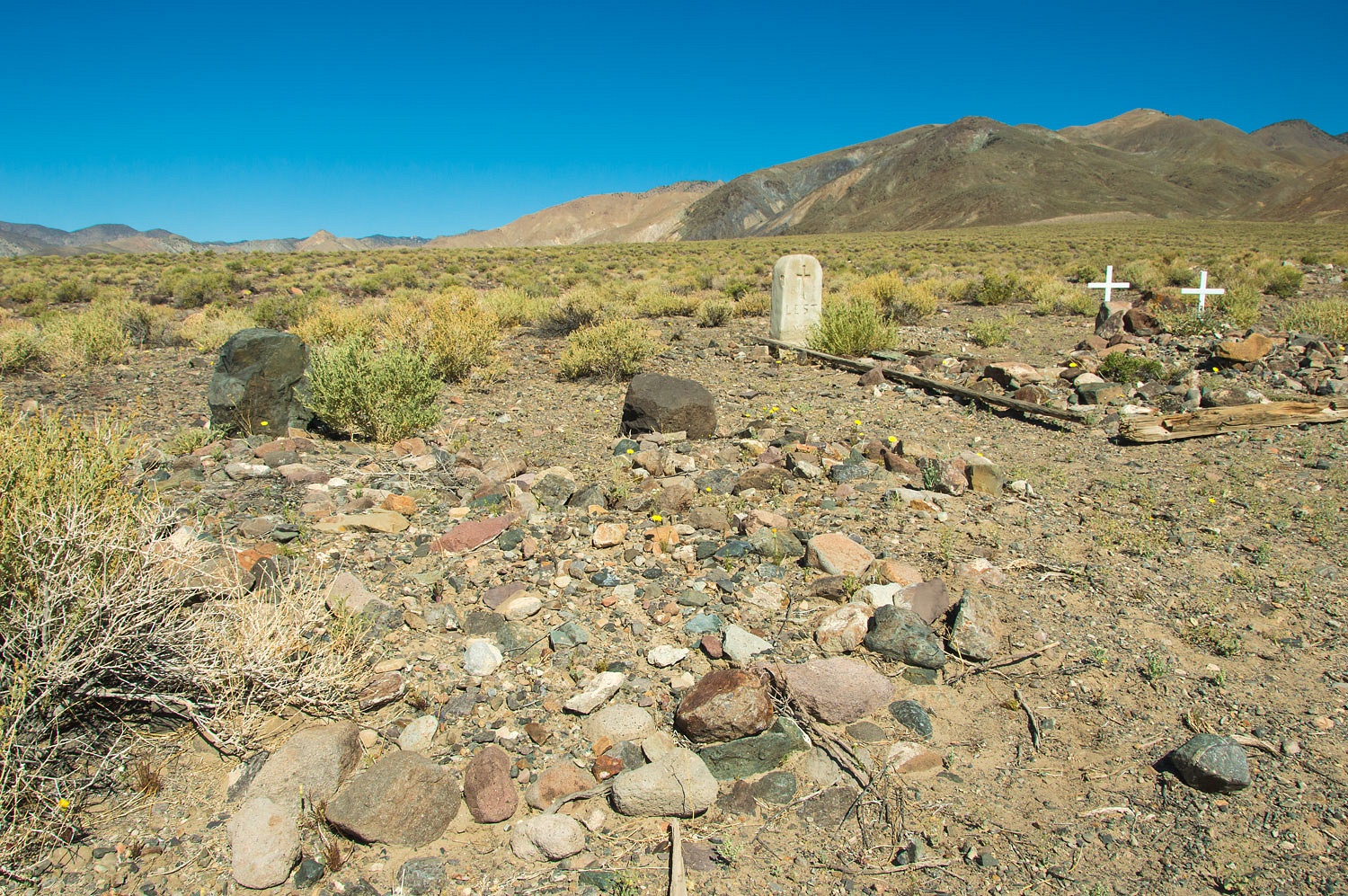
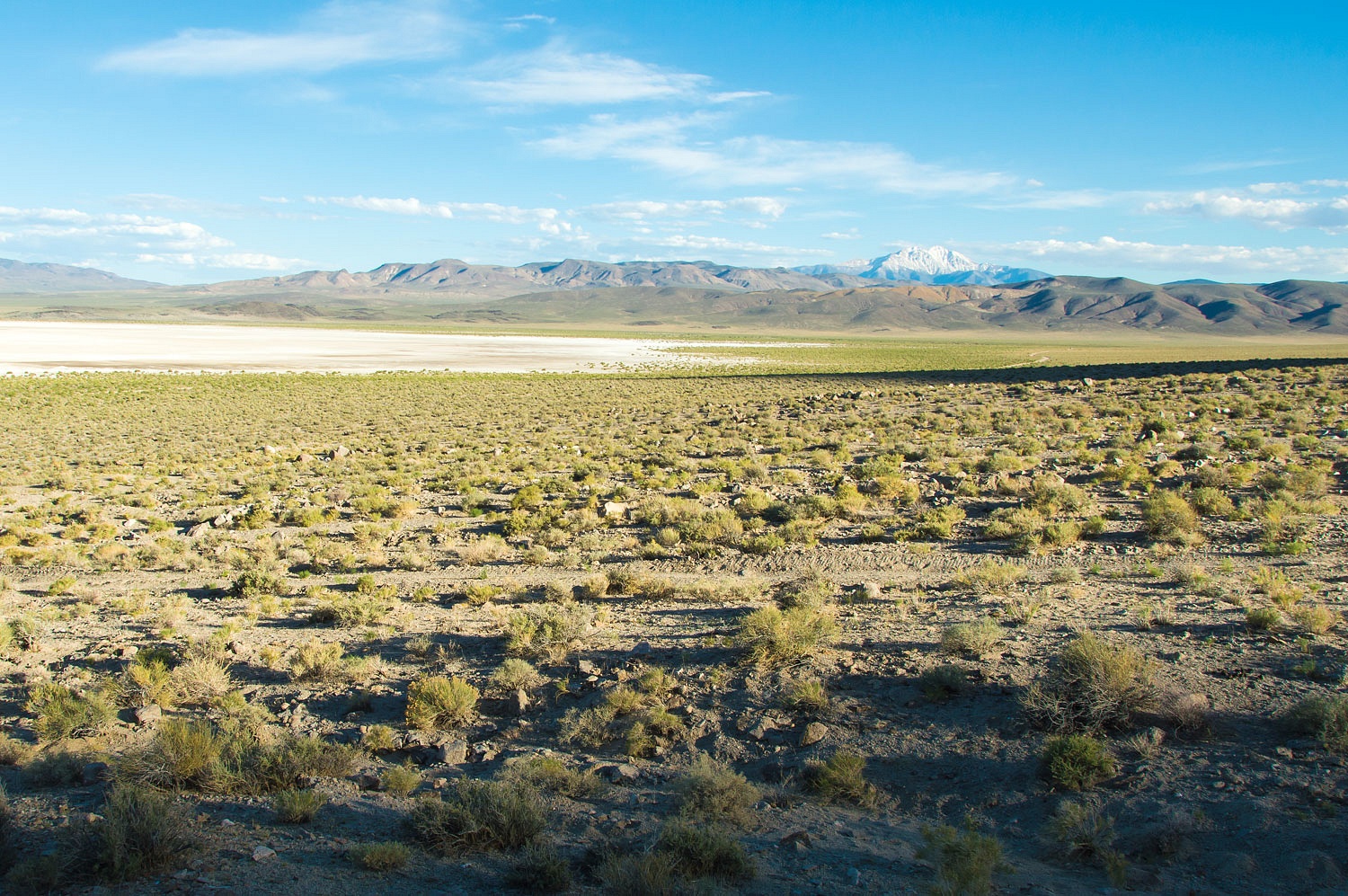
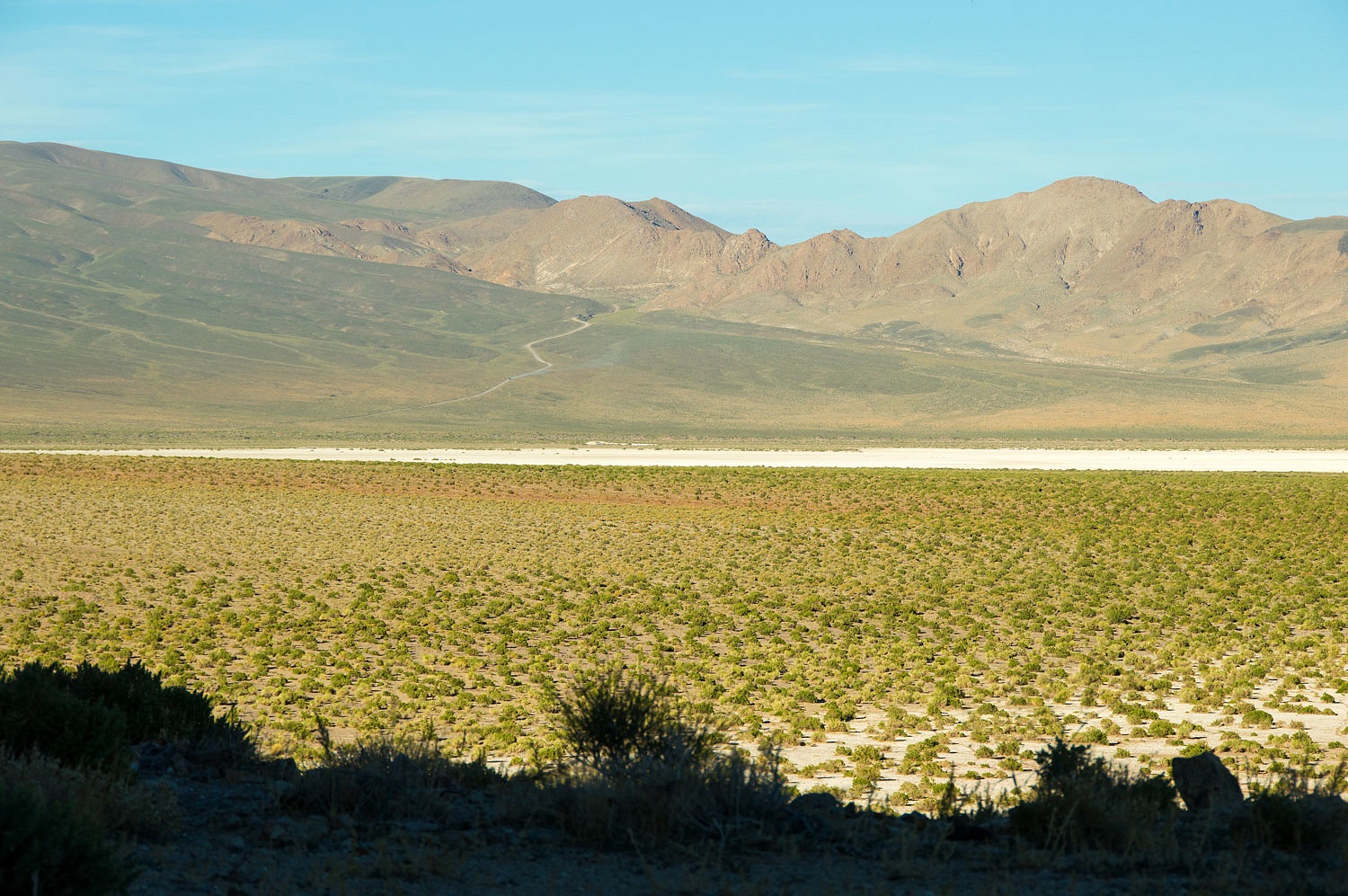
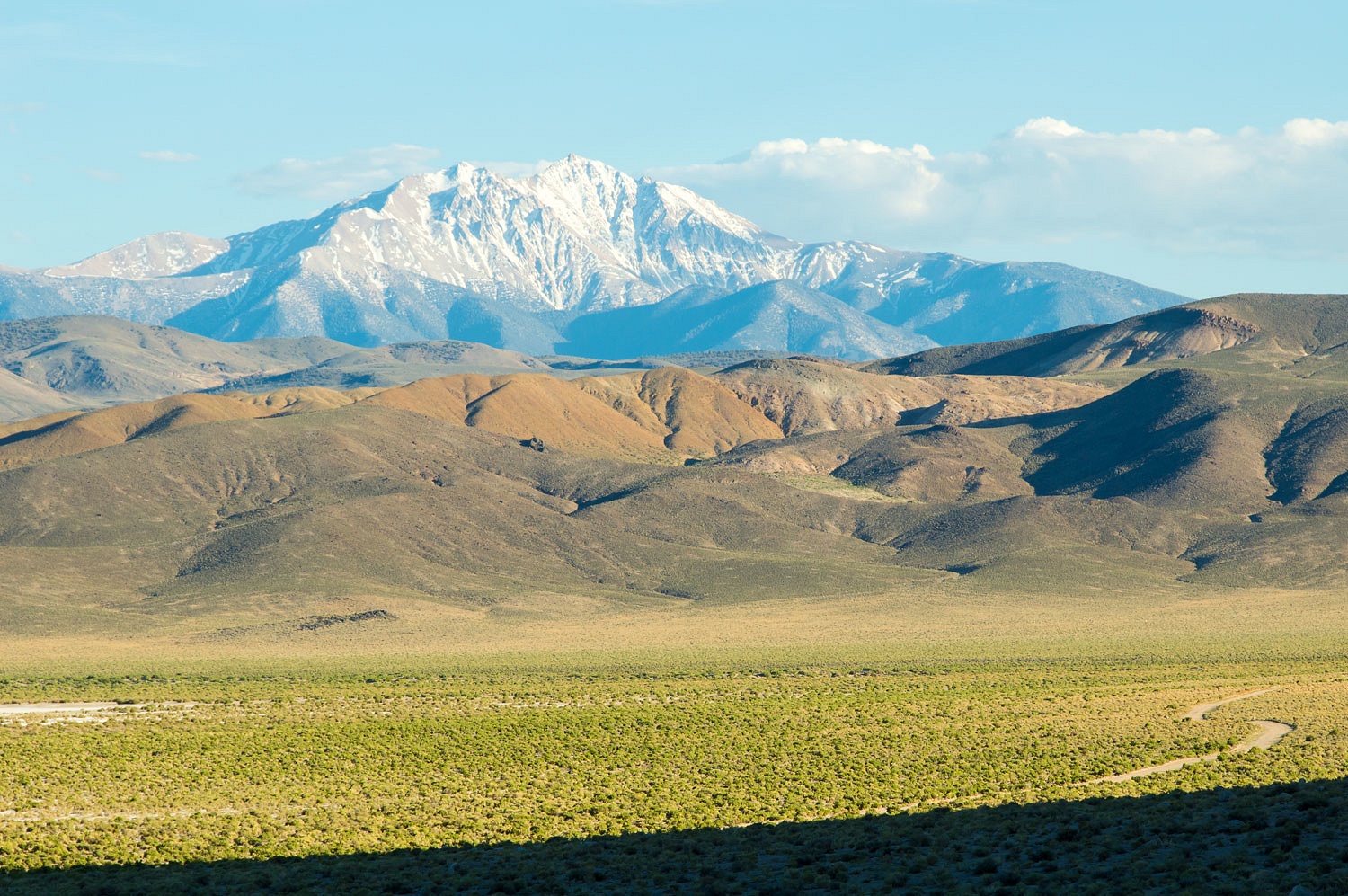
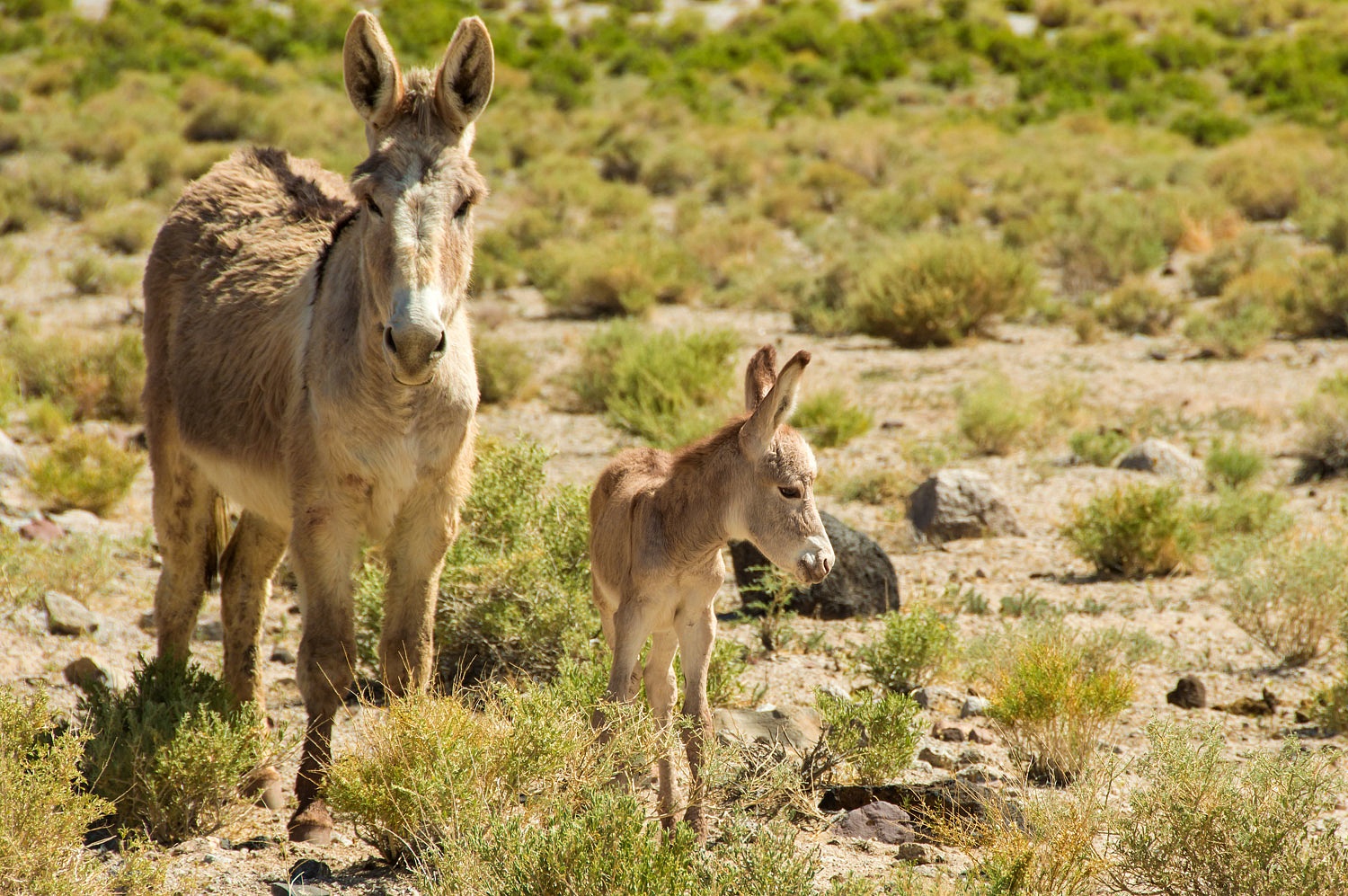
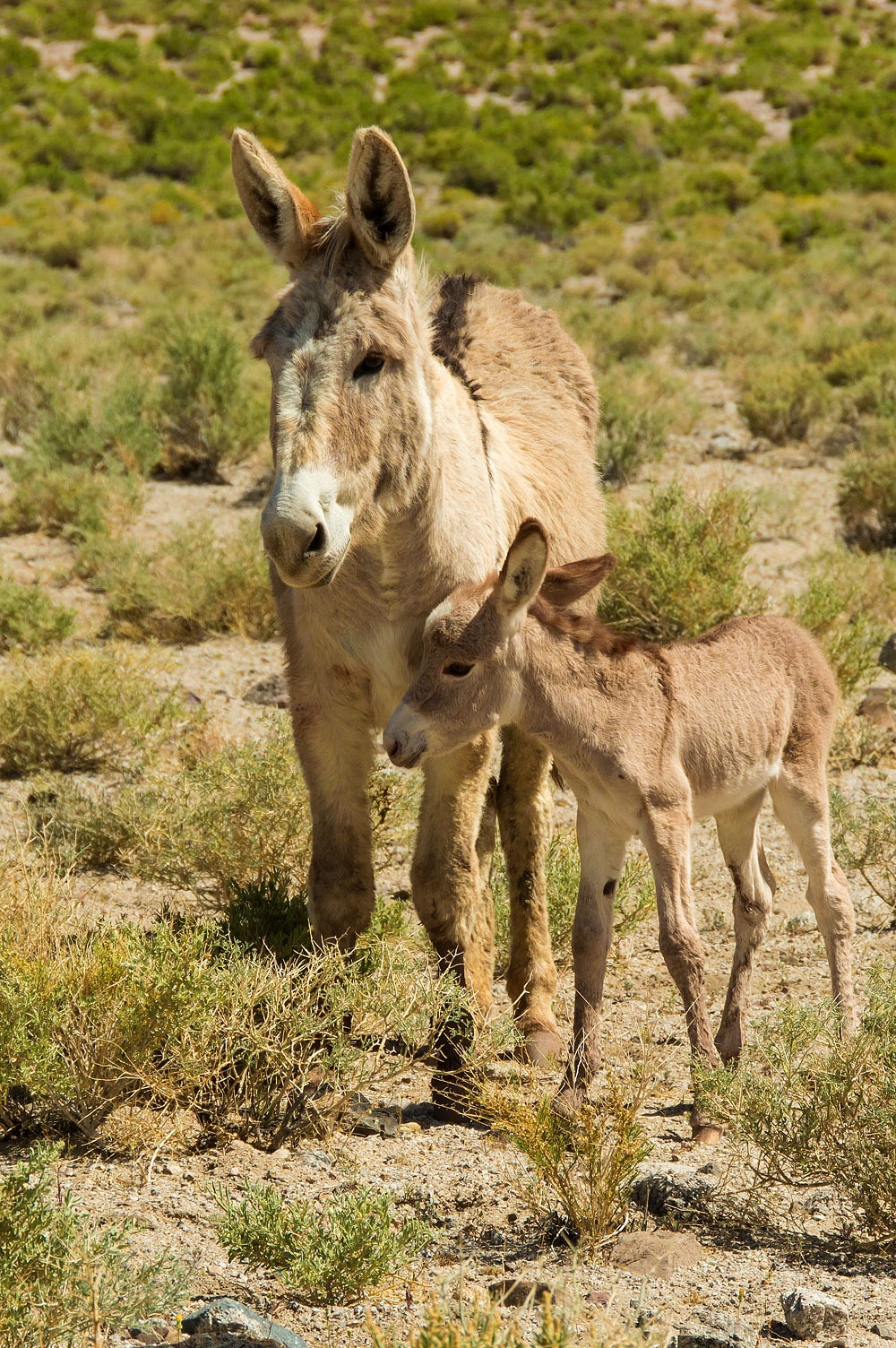
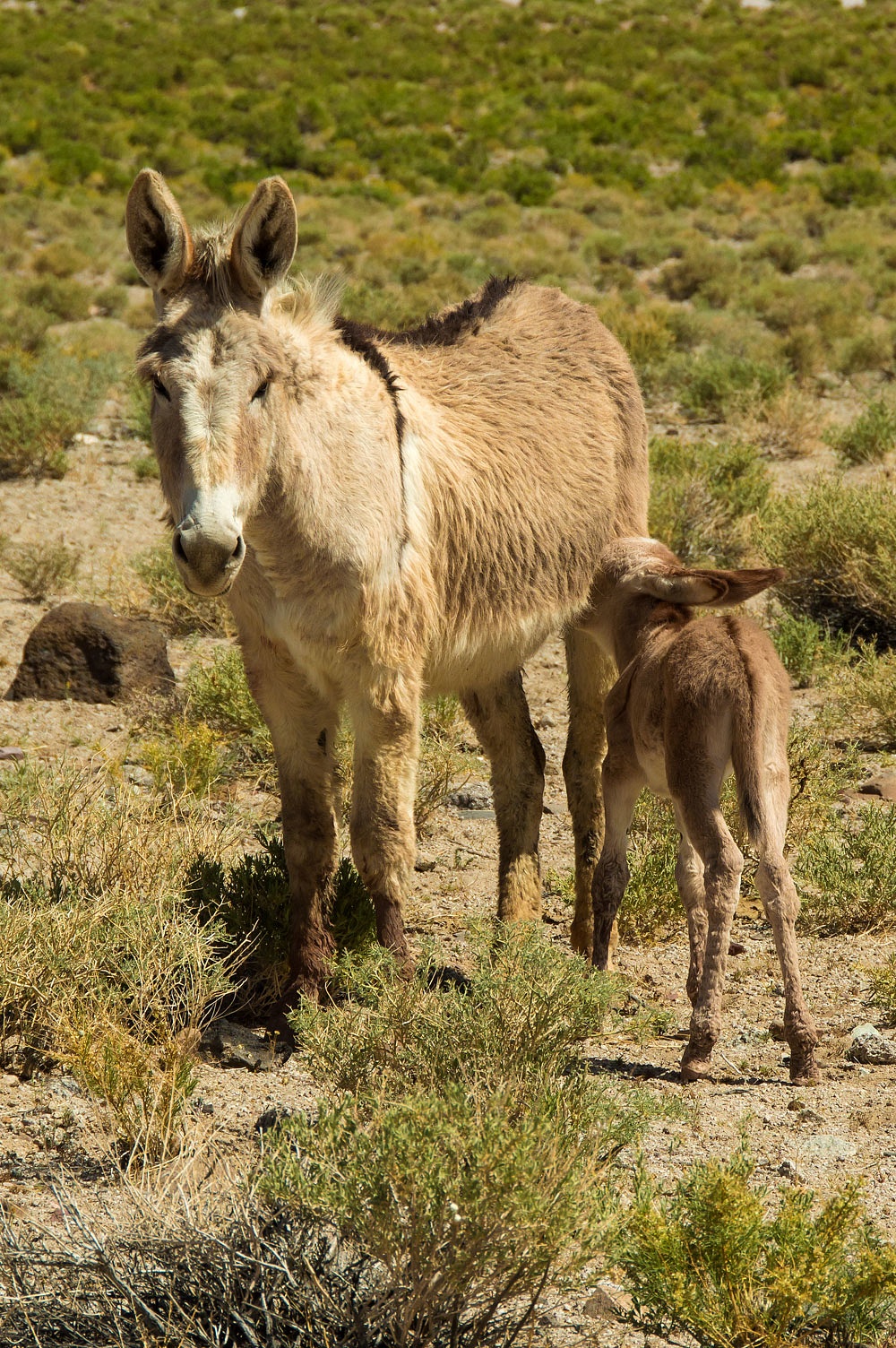
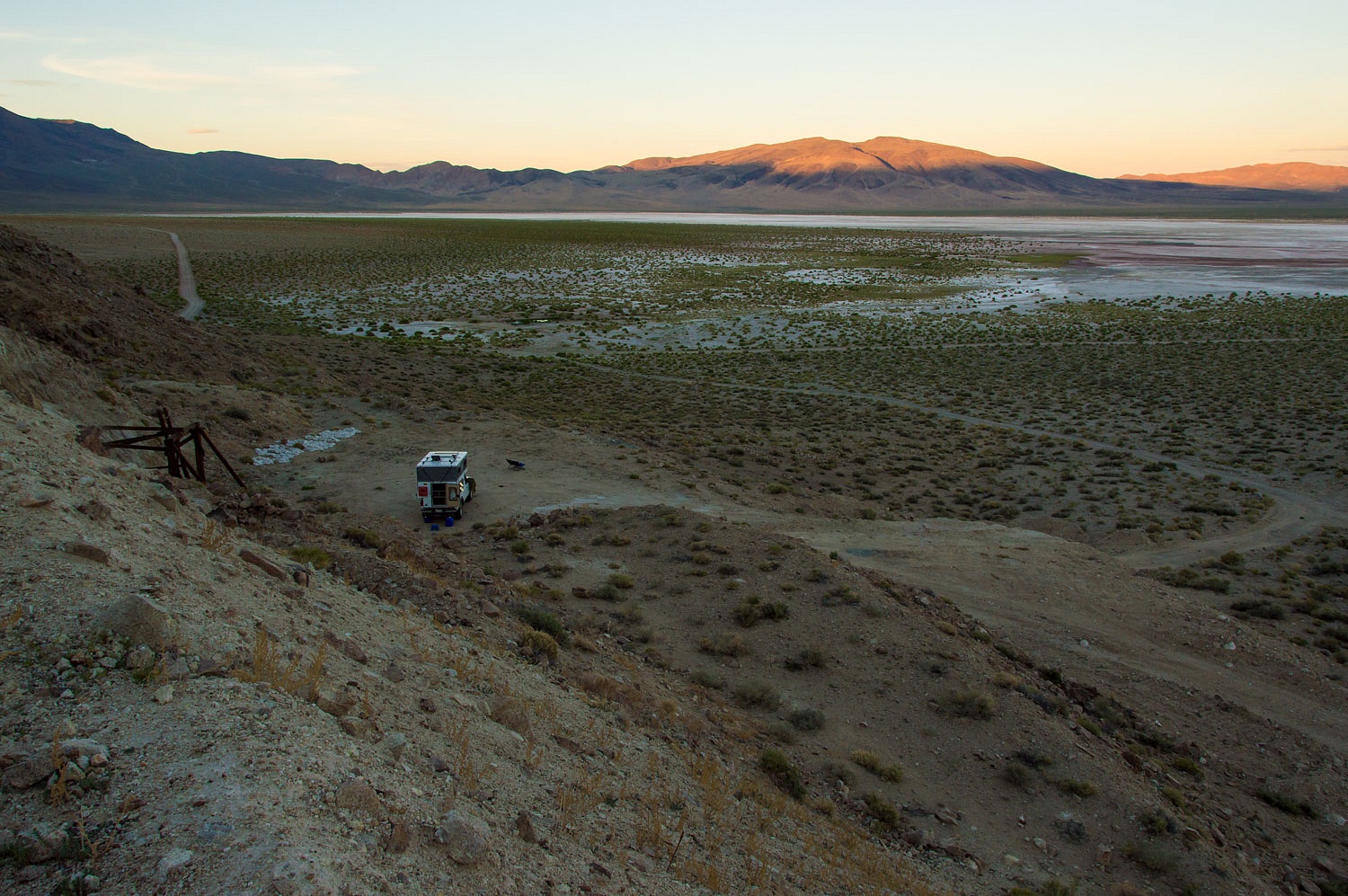


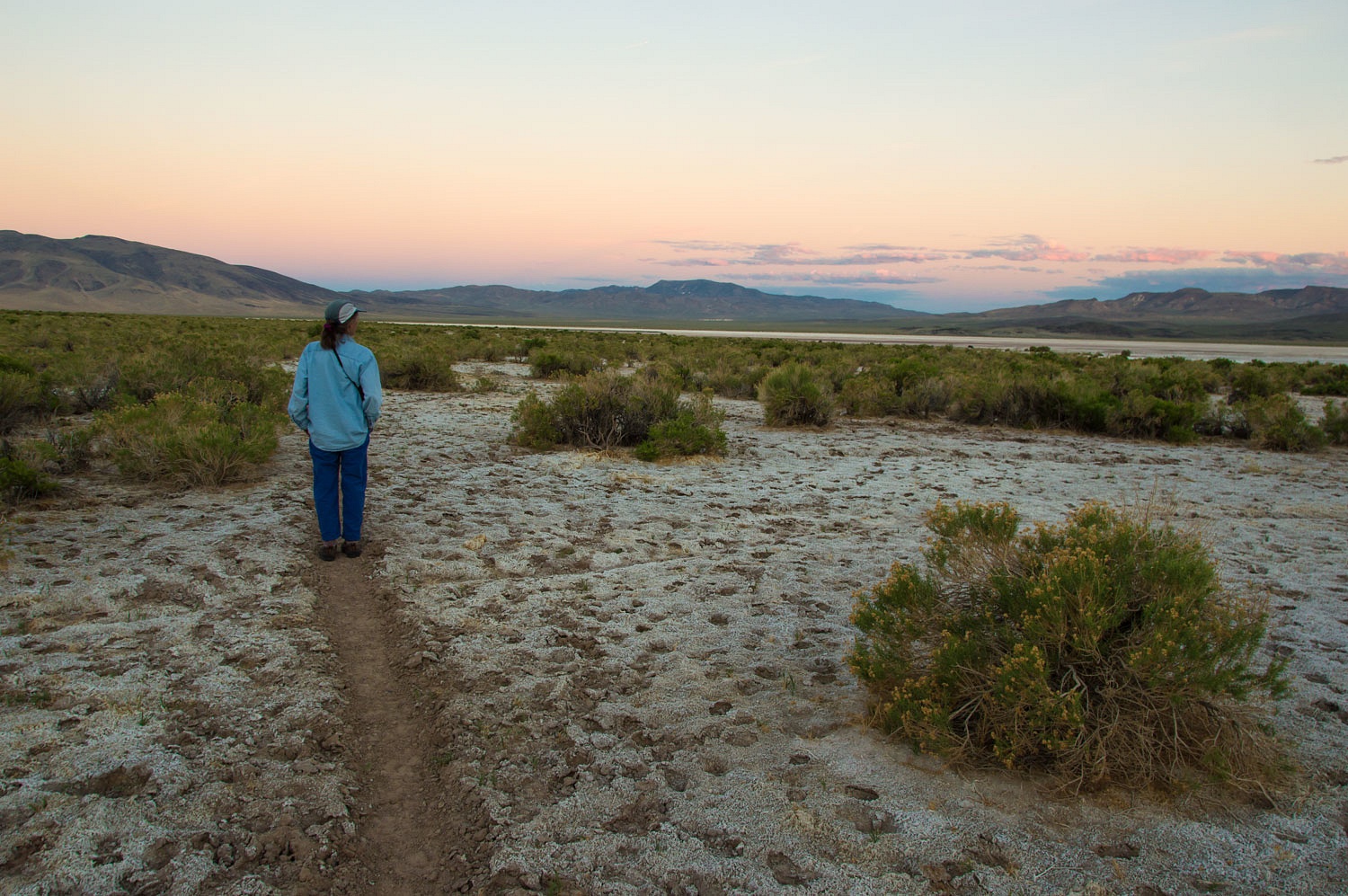
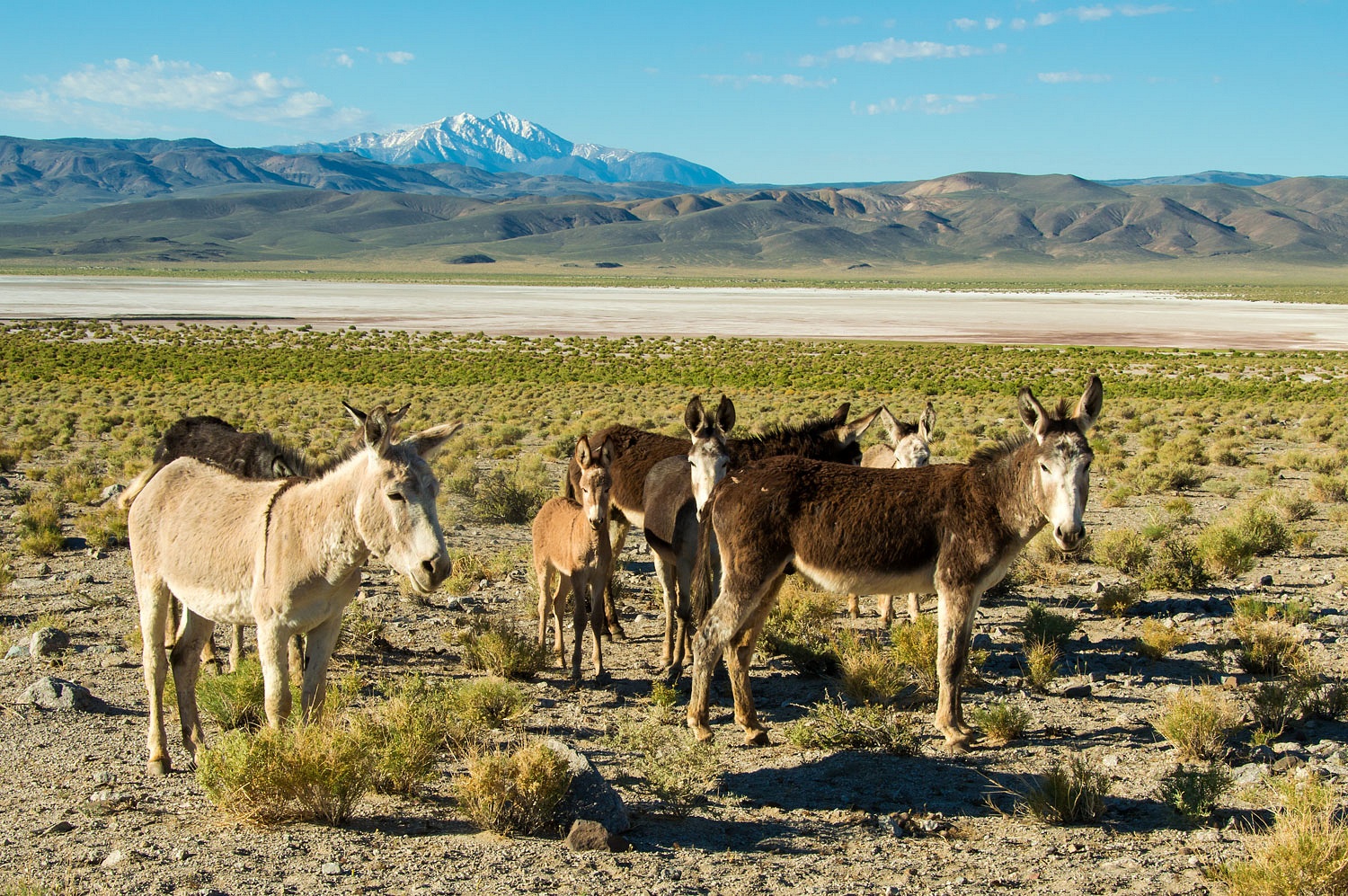
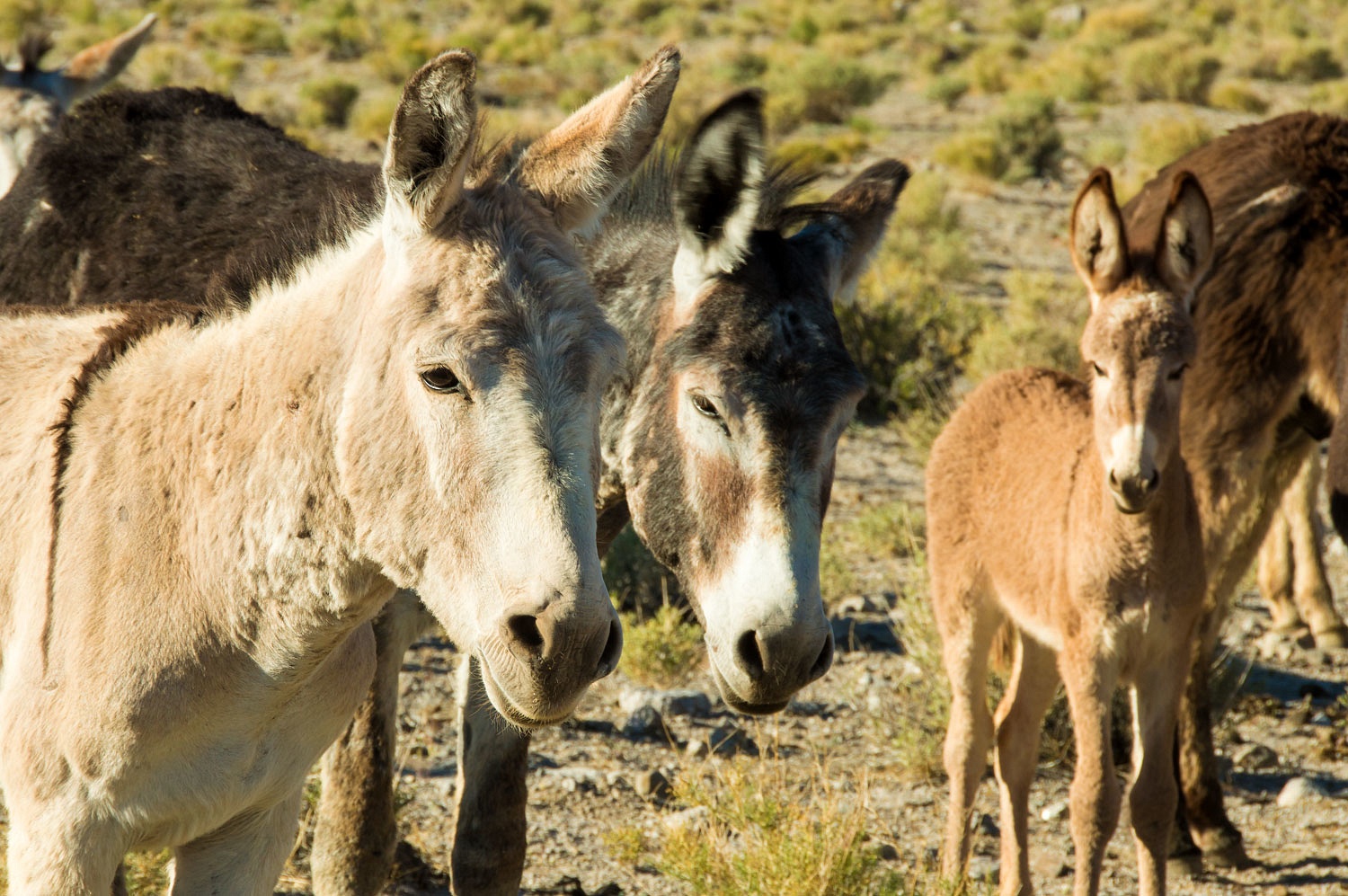
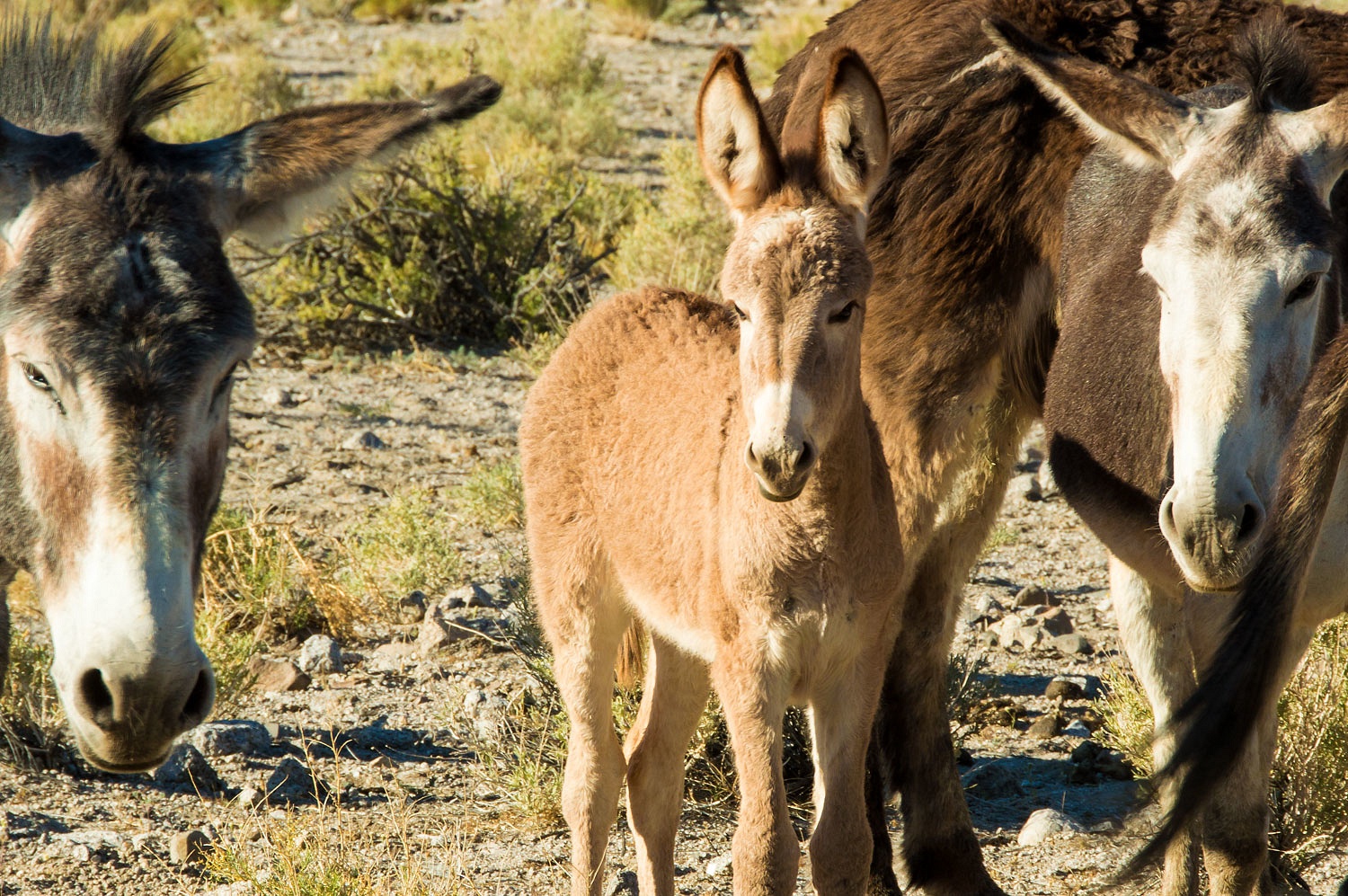
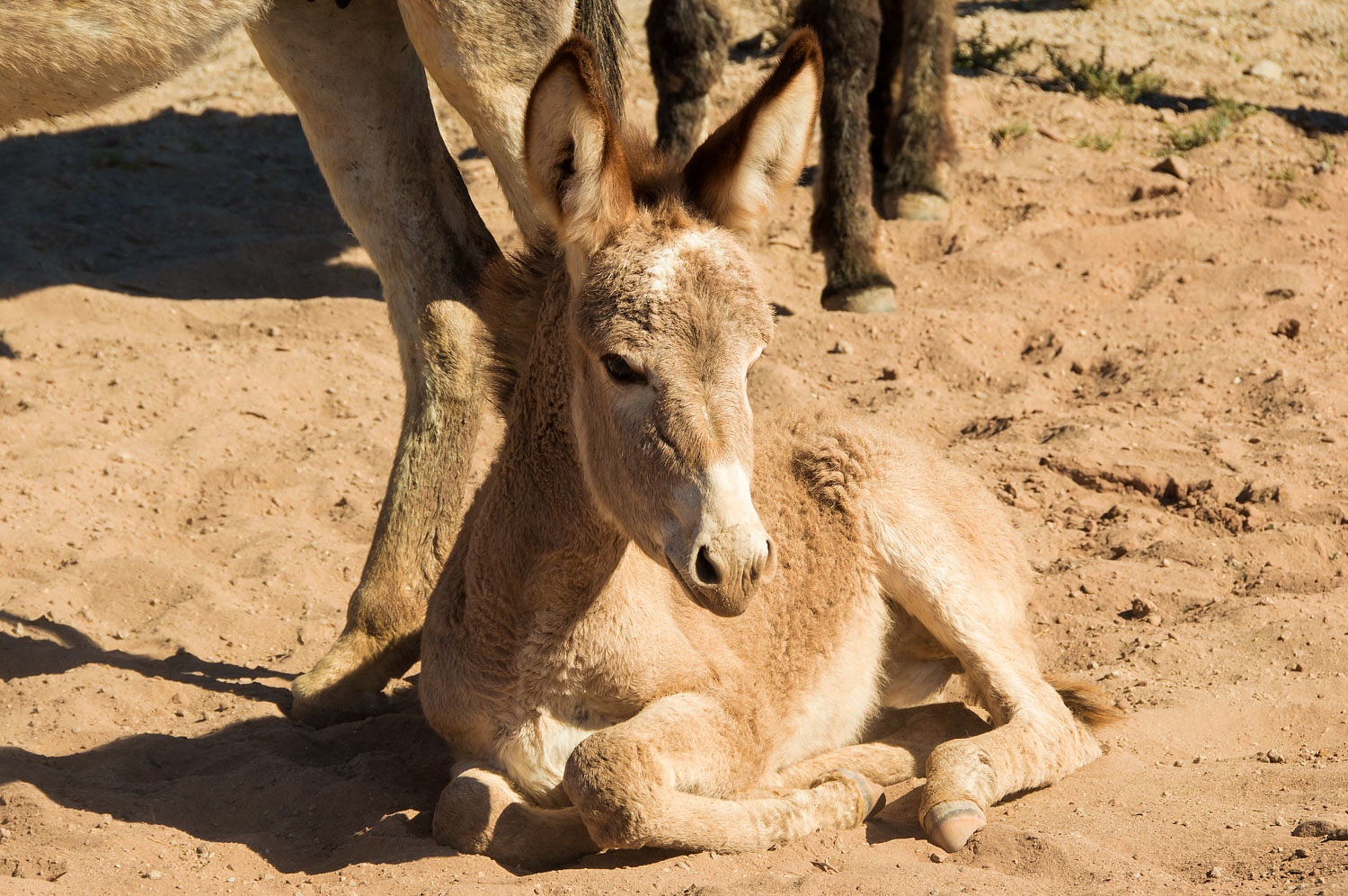
No comments:
Post a Comment